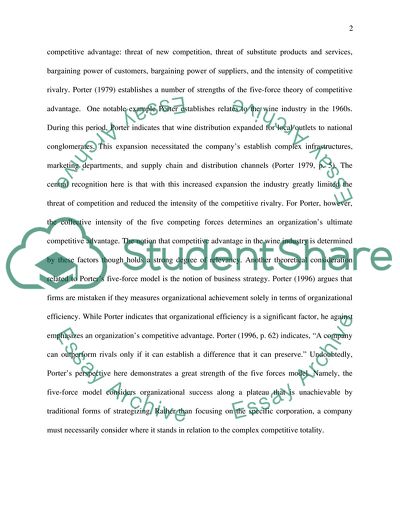Cite this document
(One or More Theory of Competitive Advantage Case Study, n.d.)
One or More Theory of Competitive Advantage Case Study. Retrieved from https://studentshare.org/human-resources/1788733-discuss-the-strengths-and-weaknesses-of-one-or-more-theory-of-competitive-advantage-eg-vrin-fives-forces-evolutionary-strategy
One or More Theory of Competitive Advantage Case Study. Retrieved from https://studentshare.org/human-resources/1788733-discuss-the-strengths-and-weaknesses-of-one-or-more-theory-of-competitive-advantage-eg-vrin-fives-forces-evolutionary-strategy
(One or More Theory of Competitive Advantage Case Study)
One or More Theory of Competitive Advantage Case Study. https://studentshare.org/human-resources/1788733-discuss-the-strengths-and-weaknesses-of-one-or-more-theory-of-competitive-advantage-eg-vrin-fives-forces-evolutionary-strategy.
One or More Theory of Competitive Advantage Case Study. https://studentshare.org/human-resources/1788733-discuss-the-strengths-and-weaknesses-of-one-or-more-theory-of-competitive-advantage-eg-vrin-fives-forces-evolutionary-strategy.
“One or More Theory of Competitive Advantage Case Study”. https://studentshare.org/human-resources/1788733-discuss-the-strengths-and-weaknesses-of-one-or-more-theory-of-competitive-advantage-eg-vrin-fives-forces-evolutionary-strategy.


